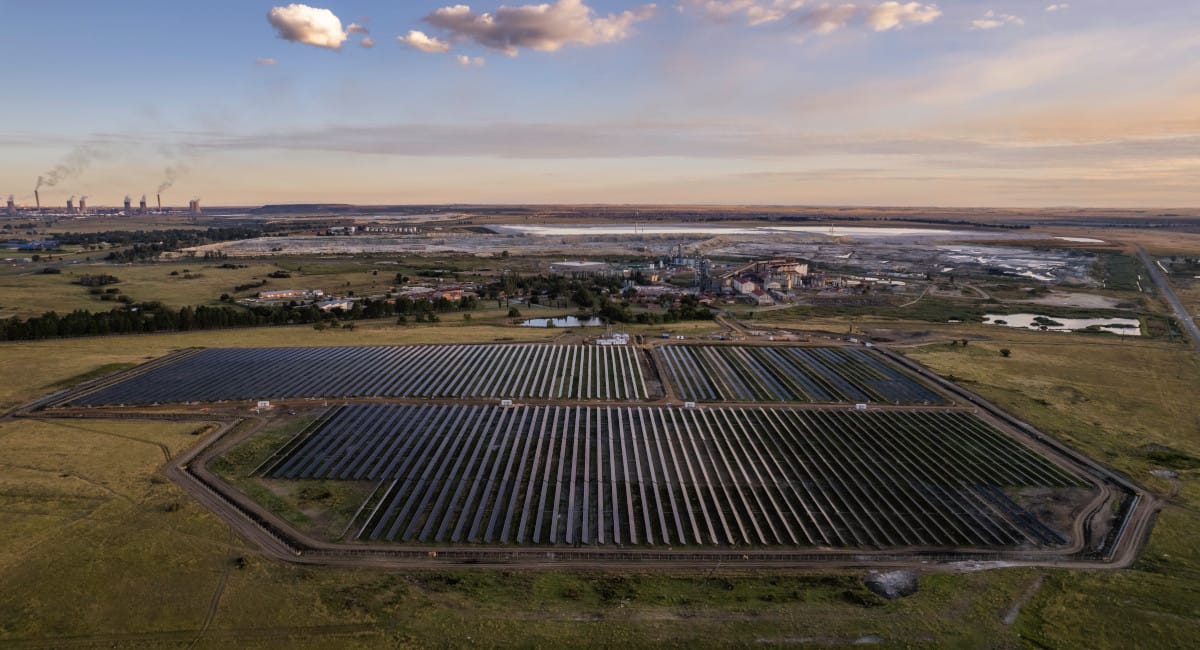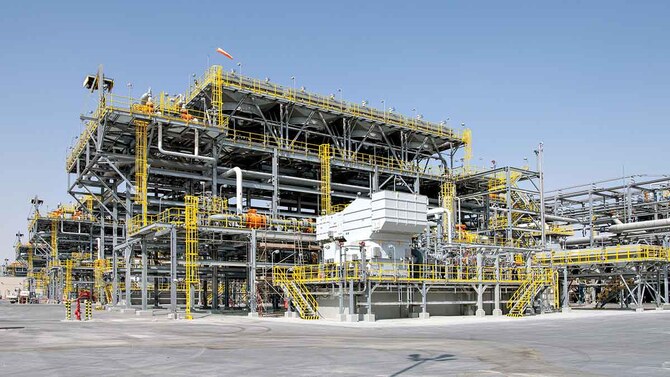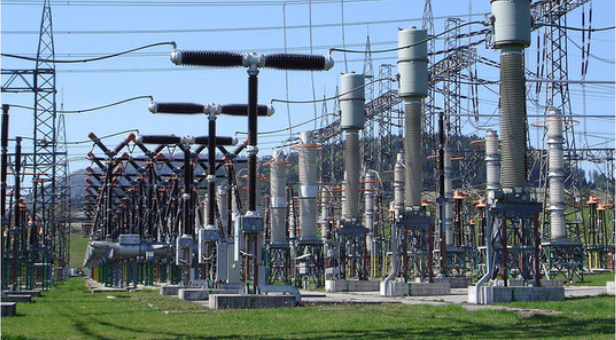Storage

Battery storage – an essential ingredient for the African mining energy transition

The Rush for Renewable Power in African Mining
Across Africa, mining companies and Large Power Users (LPUs) are increasingly turning to renewable energy to secure affordable and reliable power. Driven by grid instability, high tariffs, and decarbonisation goals, these entities are registering gigawatts of renewable projects. In South Africa alone, solar PV installations have already cut operational costs by 20-30% compared to grid or diesel power. Standard Bank projects that LPUs could eventually consume 70% of all renewable energy generated by independent producers in the country, a total capacity of 15.8 GW.
The Game-Changing Role of Battery Storage
The business case for renewables has been significantly enhanced by the falling cost of Battery Energy Storage Systems (BESS). Lithium-ion battery prices have dropped over 80% in a decade, making storage a logical complement to solar power. BESS enables peak shifting, allowing mines to use cheap solar energy during high-tariff periods and maintain operations through grid volatility. This technology is no longer limited to remote sites; its improved economics now make it viable for grid-connected operations as well.
A Proven Model for Success
The hybrid power system at the Sukari Gold Mine in Egypt serves as a successful case study. A 36 MWp solar plant paired with 7.5 MWh of storage has reduced the mine’s diesel consumption by approximately 22 million litres annually. This translates to yearly savings of about $20 million and a reduction of 60,000 tonnes of CO₂ emissions, demonstrating how solar and storage can work together to displace thermal generation and build a cleaner, more resilient future for mining.
Navigating Technical and Operational Complexities
Despite the advantages, integrating batteries is not a simple plug-and-play process. Hybrid projects introduce new layers of complexity that can jeopardize power stability if underestimated. Key challenges include correctly sizing the battery to the mine's load profile and understanding the significant cost and technical demands of "islanding" – operating independently from the grid during outages. Furthermore, projects must comply with strict grid codes, which BESS can help with, and contend with harsh environmental realities like dust, heat, and unstable ground on previously mined land.
Evolving Project and Financing Models
As the technology matures, financing models and project approaches are also evolving. Lender confidence in BESS has grown, making solar-plus-storage projects increasingly bankable. Mines are now more frequently opting for an Engineering, Procurement, and Construction Management (EPCM) approach. While this places more direct contracting risk on the mine, it offers greater control and cost advantages compared to simply outsourcing the entire project to an independent power producer.
A Decisive Advantage for the Future
For Africa’s mines, battery storage is shifting from an optional add-on to a core component for managing energy costs, ensuring power stability, and meeting decarbonisation targets. However, the full value of storage is only realized when projects are meticulously designed and maintained with the specific realities of mining operations in mind. Those who successfully integrate solar and battery storage will secure a decisive competitive advantage in Africa’s ongoing energy transition.












